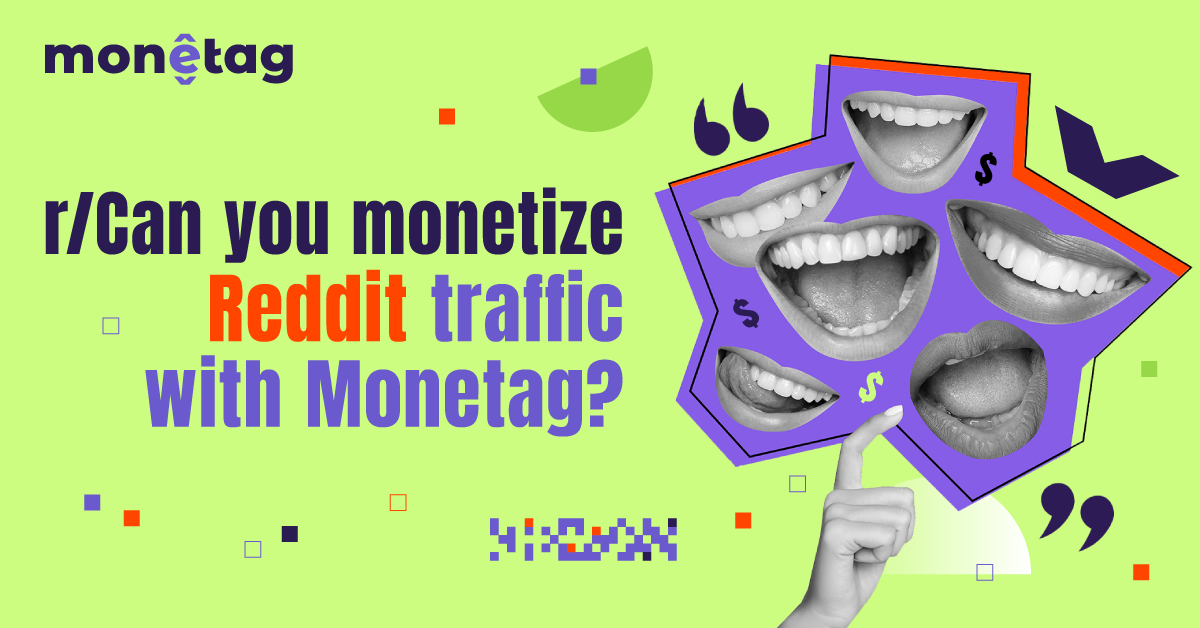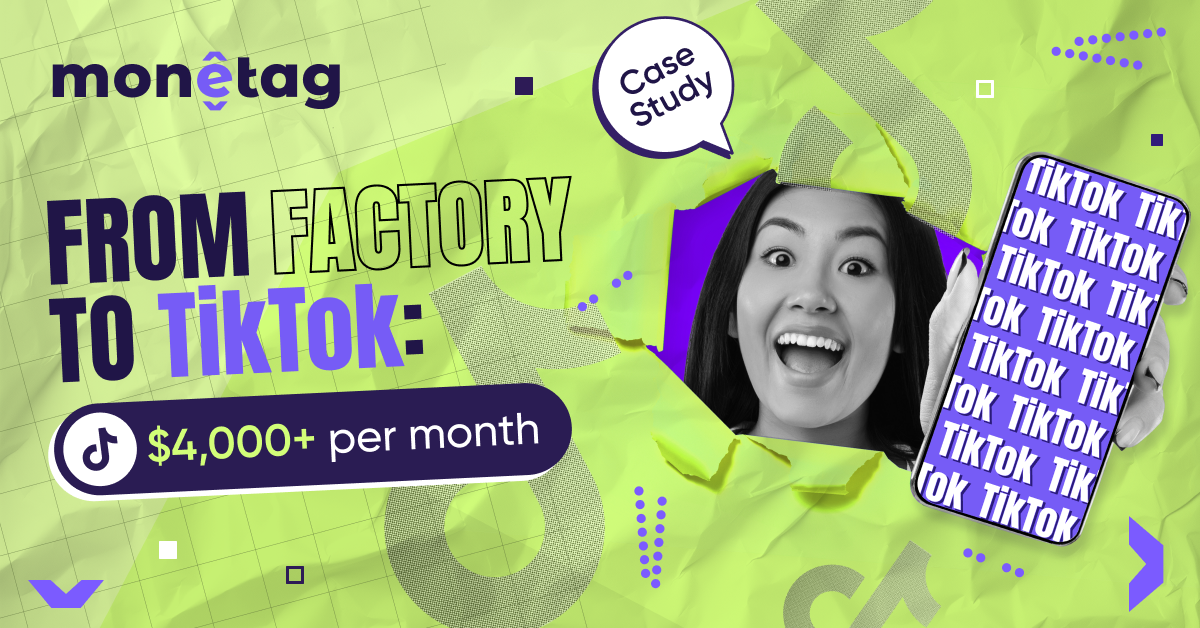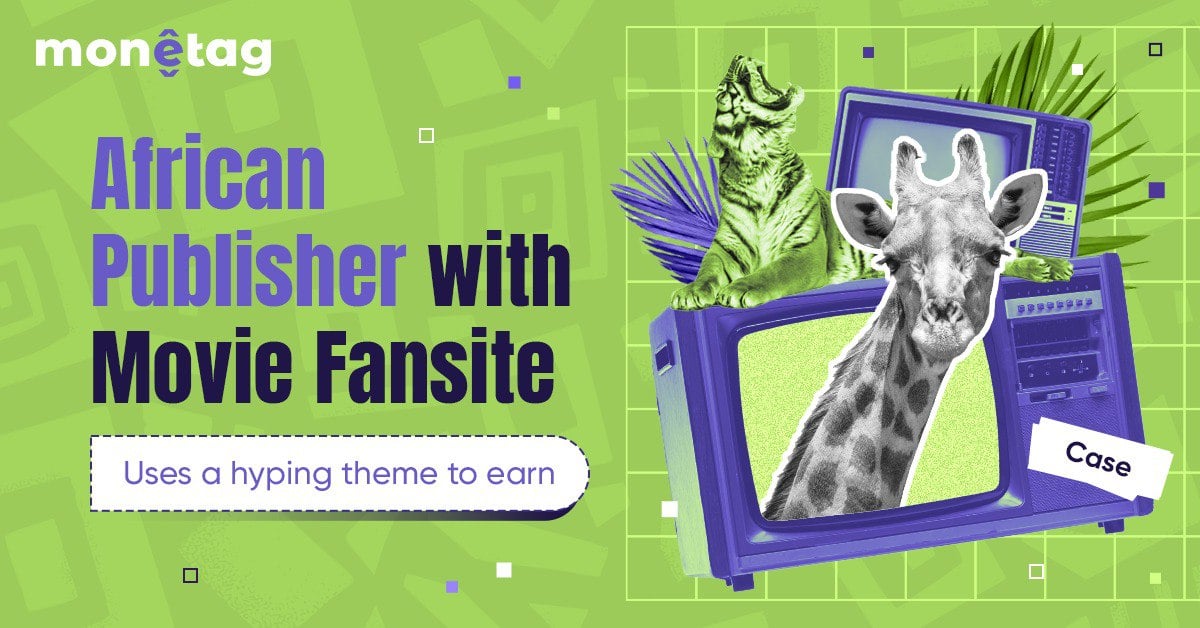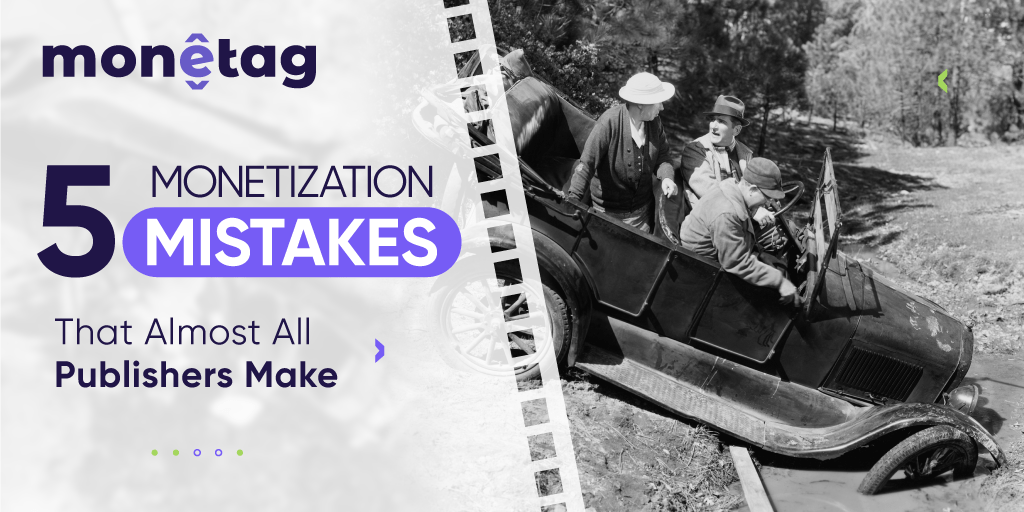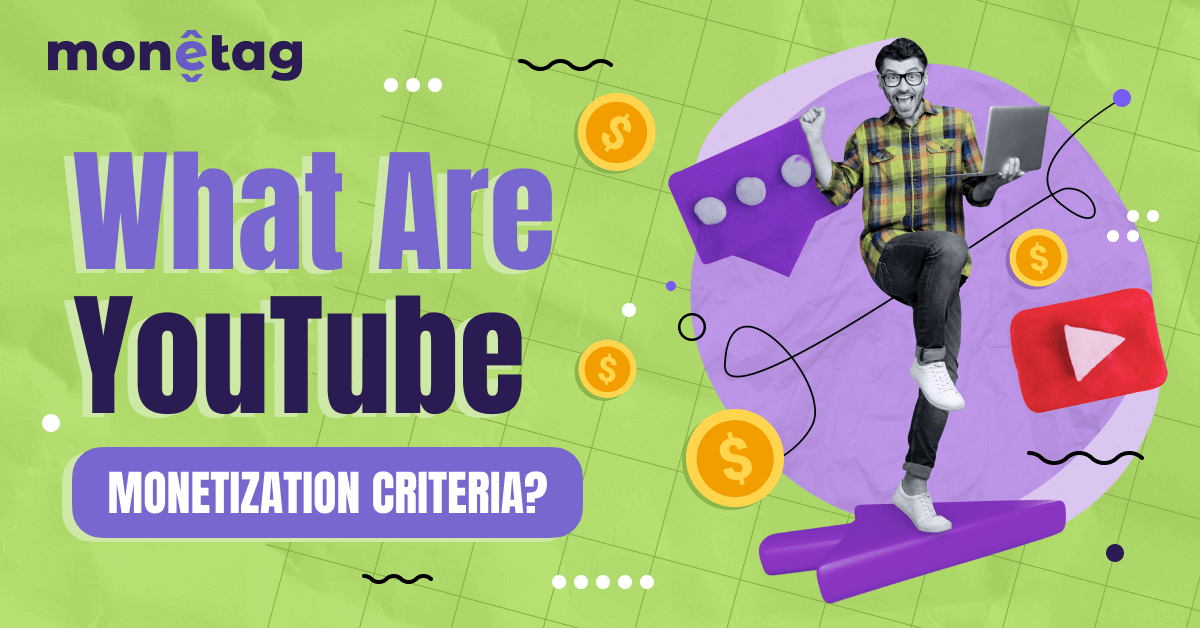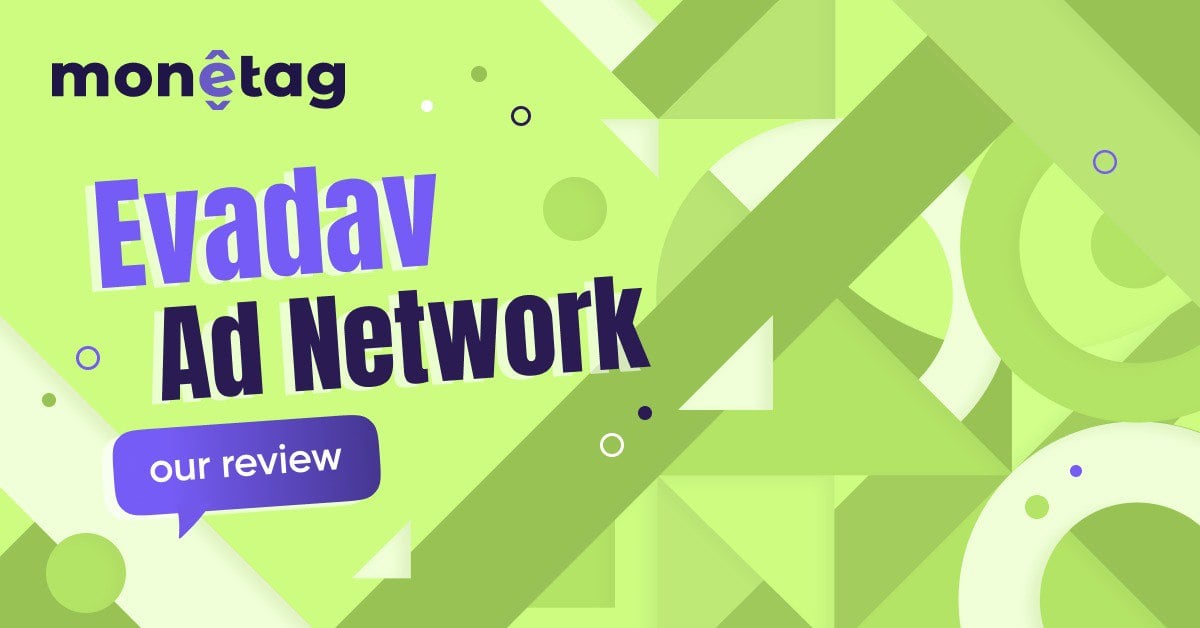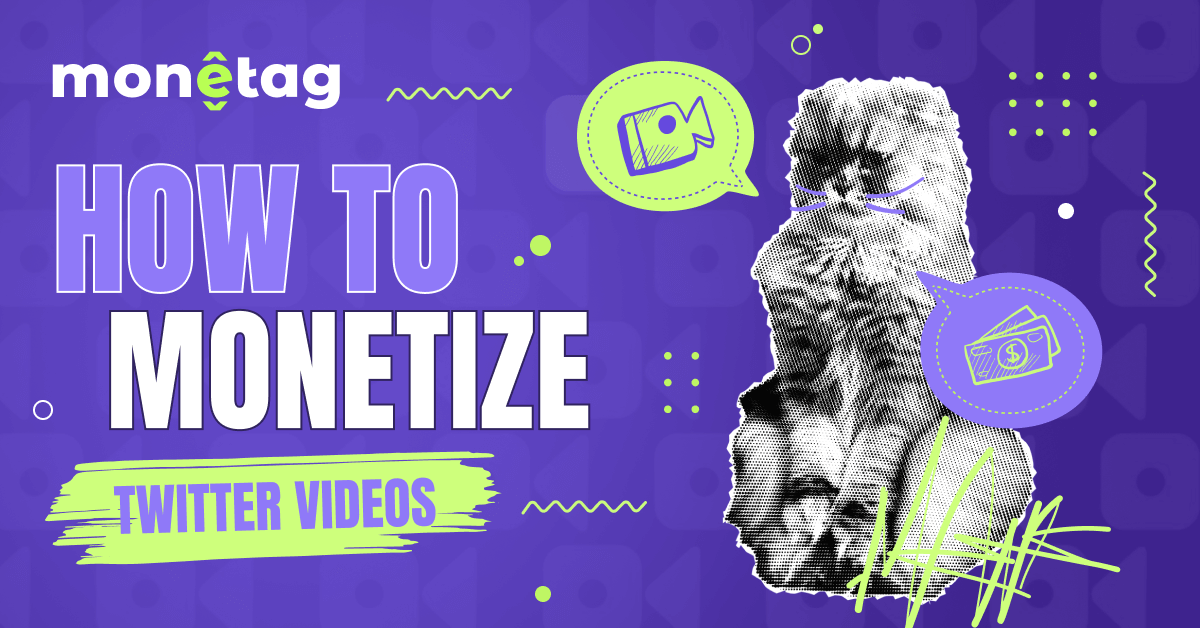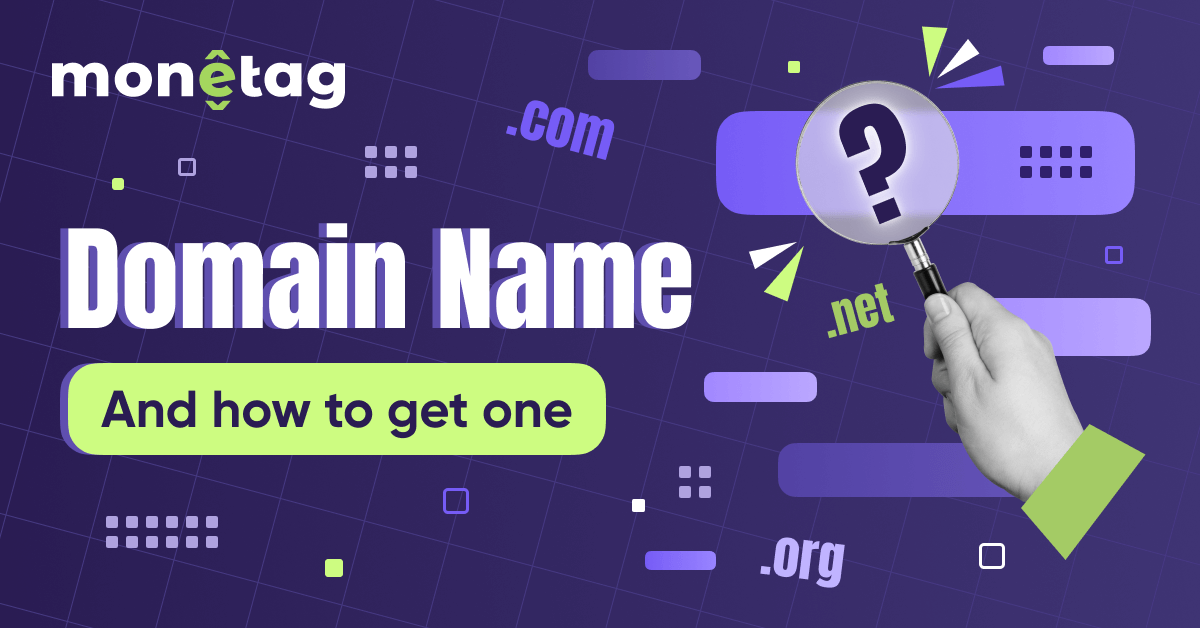What Is Content Marketing, Really?
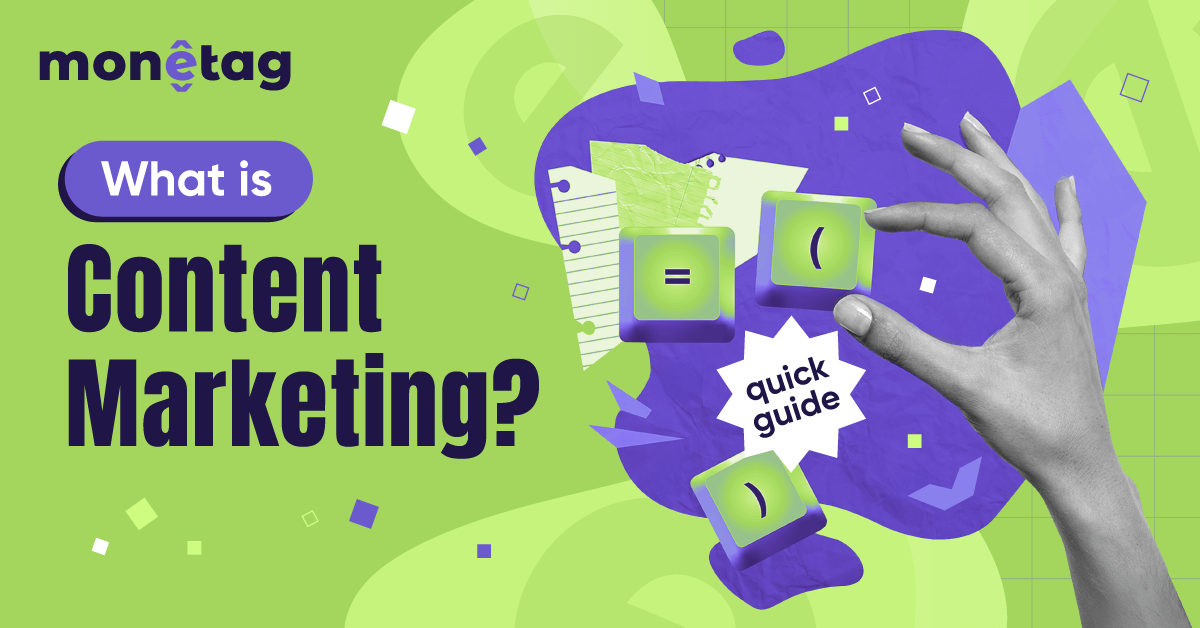
People throw the term around like it explains itself. “Content marketing” sounds simple. But what is content marketing, really?
It’s not just writing blog posts or sharing links on social media or stuffing keywords into a page and hoping someone finds it.
Content marketing is how you talk to your audience without sounding like you’re selling something. It’s how you build trust.
In this guide, we will review the best content marketing examples and suggest a universal strategy that you can easily adjust to your own blog, website, or brand.
What Is Content Marketing?
Content marketing is a method of promoting your product or service by creating helpful, interesting, or entertaining content instead of pushing direct ads.
But more importantly, it’s not about one blog post, one video, or one tweet. Content marketing is a system: a consistent set of actions where every piece of content works toward a bigger goal.
For example, you write a blog post that ranks in search and answers a real question. At the end of it, you link to your YouTube video that explains the topic in more detail. In the video, you give away a free checklist in exchange for an email. Later, you use that email to send more content, and one day, a product offer. That entire path — from the blog to the sale — is content marketing.
When done right, it becomes a repeatable engine. One article becomes the top of the funnel, one video builds trust, one guide closes the deal – and you do this consistently, not once.
The best part is that it keeps working even when you’re offline. Good content gets shared, bookmarked, and searched for months (sometimes years) after it’s published. That’s why so many creators, brands, and affiliate marketers rely on it.
Examples of Content Marketing (Real Ones That Worked)
Let’s skip the theory for now and see what pieces of good content marketing look like in real life.
Shutterstock: Creative Trends Report
Shutterstock’s annual visual guide shows what’s trending in design isn’t just a report — it’s an interactive trip through visual culture. Here is a 2022’s example: you start by choosing an avatar, then pick a journey — fantasy or space. Each option takes you through colorful environments with moving graphics, animations, localized content, and sound.
It’s immersive, sticky, and builds brand trust without selling hard, packed with infographics and global data. Marketers love it. Media outlets share it. It builds backlinks and brand awareness without pushing a single product.


Spotify Wrapped
Every December, users get a personalized music summary. It’s fun, easy to share, and turns regular users into proud promoters. What started as a quirky feature became a global, viral event. That’s powerful brand content without a traditional ad.
Duolingo on TikTok
They turned their green owl mascot into a pop culture icon. The content is chaotic, self-aware, and unexpectedly funny. It keeps Duolingo top-of-mind — especially for Gen Z — and drives app downloads without ever saying, “Please install this.”

HubSpot Academy
Free video lessons and certification programs built around digital skills. HubSpot teaches users for free and in return, earns trust. When those users later need CRM software, they already know who to choose.

Buffer’s Transparency Blog
Buffer publishes real stories — including team salaries, growth struggles, and failed experiments. This level of honesty sets them apart. Readers feel like insiders, not just users.

GoPro Awards
GoPro gives its community a platform. People send in real videos shot on their cameras. GoPro features the best ones, and users get rewards. It’s a loop: user content markets the product better than any ad could.

How to Build a Content Marketing Strategy
A real strategy doesn’t start with keywords or platforms. It starts with listening.
Step 1: Understand Your Audience Deeply
Before writing anything, figure out who you’re talking to. Not just their demographics — their habits, fears, goals, and daily annoyances. What are they googling in frustration? What questions do they ask peers in private forums?
Try reading comments on competitor content. Join the same Facebook groups they’re in. Use tools like Reddit, AnswerThePublic, or Quora. If you’re already getting traffic, scan your search queries in Google Search Console. You’ll start to notice patterns.
Once you truly understand what your audience cares about, you’ll know what kind of content actually helps them and what will just be ignored.
Step 2: Choose the Right Format and Channel
Not all content works everywhere. A 2,000-word blog post won’t land well on TikTok. A meme won’t educate on LinkedIn.
Start with one or two formats where your audience already spends time. If you’re targeting developers, that might be Dev.to and Reddit. If it’s marketers, maybe X and newsletters.
Let’s say you sell digital templates. Tutorials on YouTube + blog walkthroughs could be your combo. Selling apparel? Short Reels or UGC-style TikToks might work better.
Don’t guess blindly. Go where people already hang out and talk like they do.
Step 3: Create Content That Actually Helps
Forget trying to sound like an expert. Aim to sound like a helpful friend.
Real content solves problems. It answers questions with specifics. It explains things clearly, without buzzwords. And sometimes, it entertains — not with fluff, but with personality.
For example, instead of writing “5 Productivity Tools,” write “The Tools I Used to Hit Inbox Zero (After 3 Years of Avoiding It).” Add screenshots. Be honest about what worked — and what didn’t.
Another tip? Use your own learning curve. Struggled with something last month? Write about it today. That honesty builds a connection.
Step 4: Create a Sustainable Rhythm
Don’t try to publish every day. Try to publish regularly. It’s like going to the gym — results come from routine, not from overdoing it once a month.
If weekly posts feel too much, try bi-weekly. Just be realistic.
A content calendar helps. Even a simple spreadsheet with dates, topics, and status. You’ll feel less overwhelmed and more in control.
And if you’re worried about “running out” of things to say, don’t. Your own work, experiments, customer questions, and current events can all feed your content stream.
Step 5: Measure and Learn — But Don’t Obsess
Once content is live, track what matters: what people actually engage with. For a blog, that might be scroll depth or time on page. For email, it’s opens and clicks. For social, it could be shares or replies.
Look at patterns over time. Do your readers love case studies but ignore theory posts? Are your how-tos doing better than thought pieces?
Refine based on real signals — but don’t tweak too often. Give things time to breathe.
One thing: avoid chasing trends unless you have something real to add. It’s okay to miss a hype wave if your core content keeps people coming back.
Step 6: Monetize Gently, Not Loudly
If you’ve helped someone, they’re more open to hearing about your offer. That’s when monetization works best.
Let’s say you write a guide on setting up a podcast. Near the end, you mention the microphone you use, with an affiliate link. That’s not pushy. That’s helpful. Or maybe you publish a story on how you helped a small business grow with email marketing. At the end, you quietly say, “I do this for clients — message me if you need help.”
No hard pitch. Just a gentle invitation. Great content sells by building trust first.
Summary
If you’re still asking what content marketing is, here’s the simplest answer: it’s how you build trust with content that’s actually worth someone’s time.
Don’t worry about perfection. Worry about clarity, say what matters, be useful, then do it again. Because the content that connects converts. Because the content that teaches sells. Because the content that feels honest always wins the long game.


